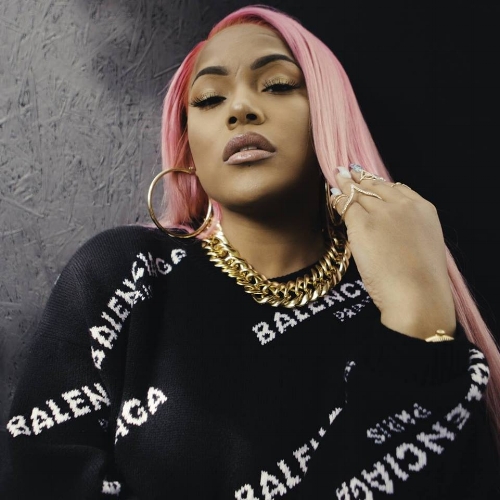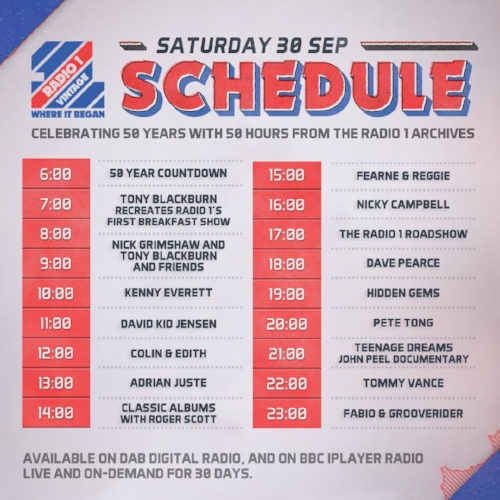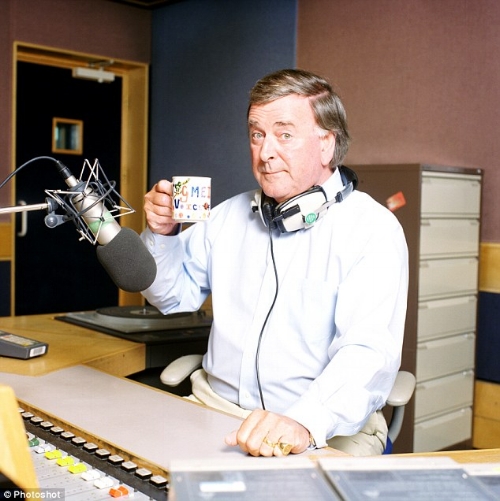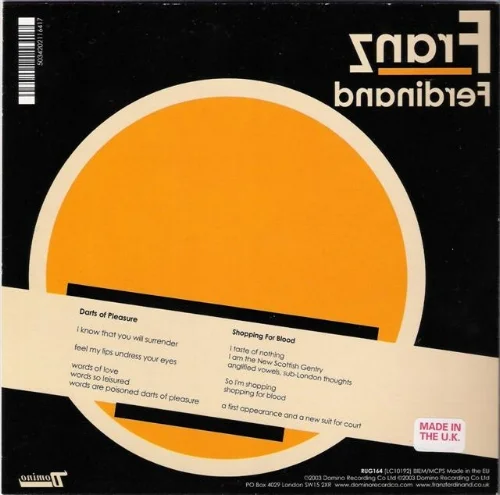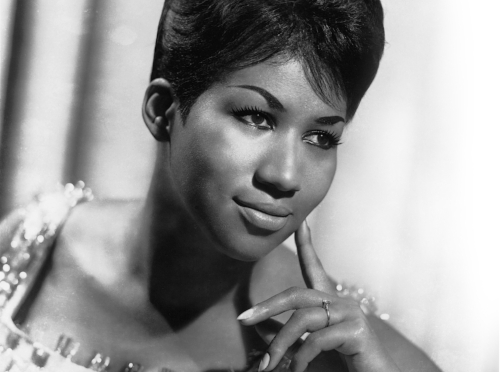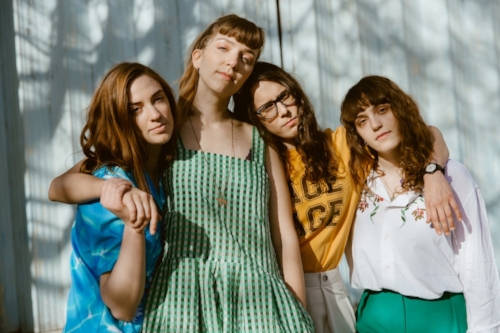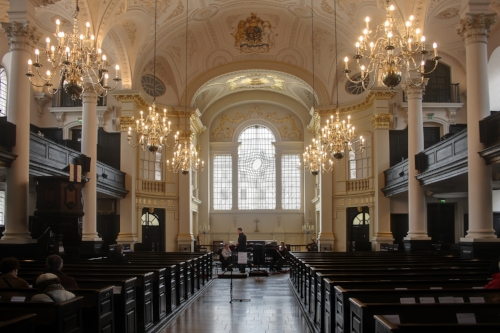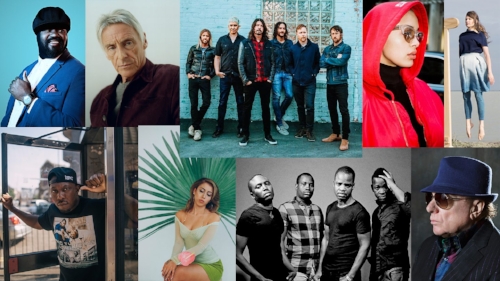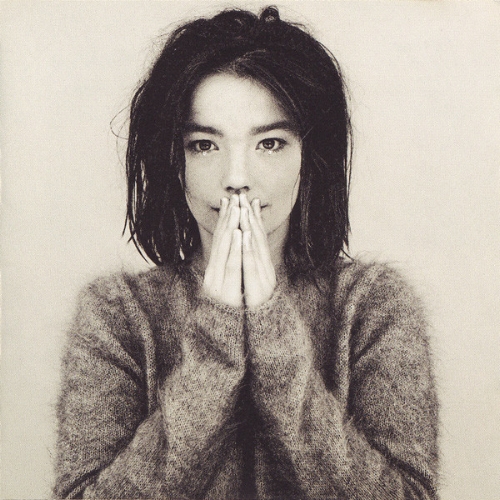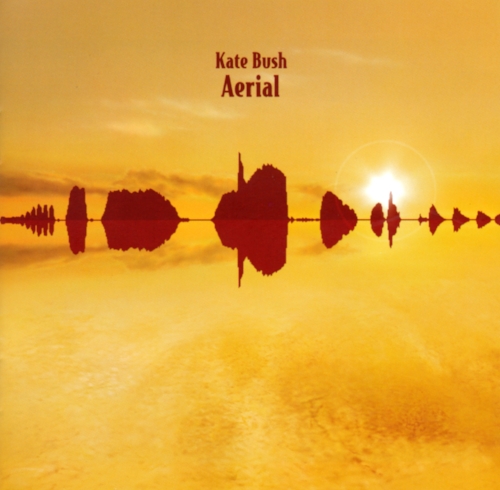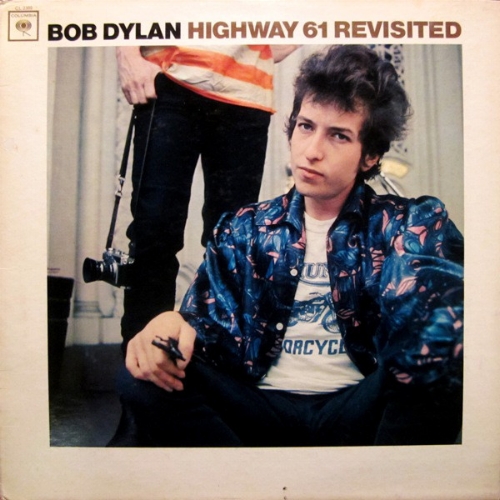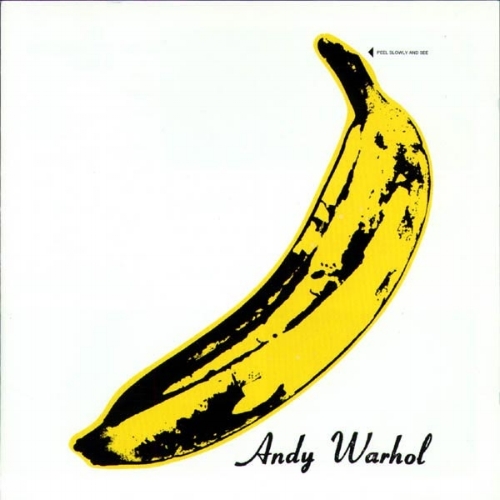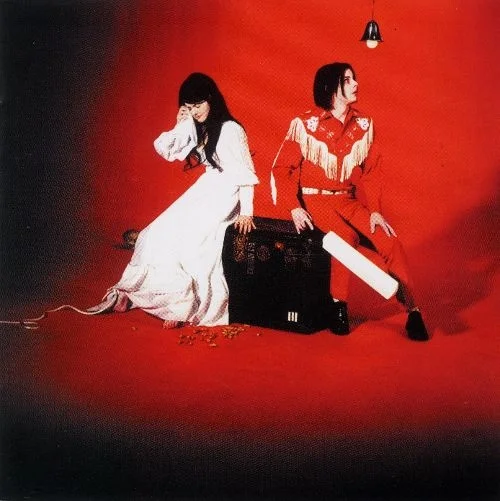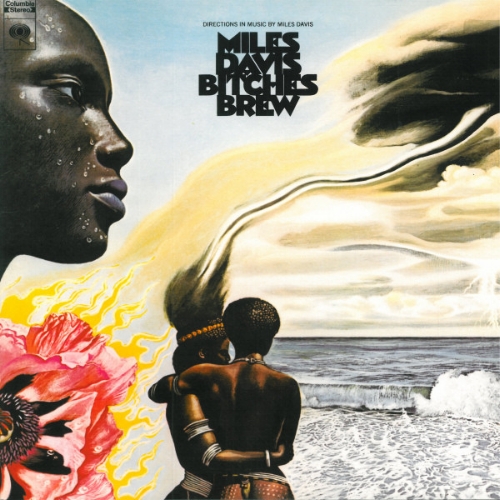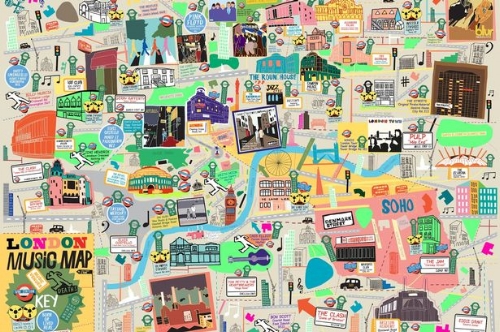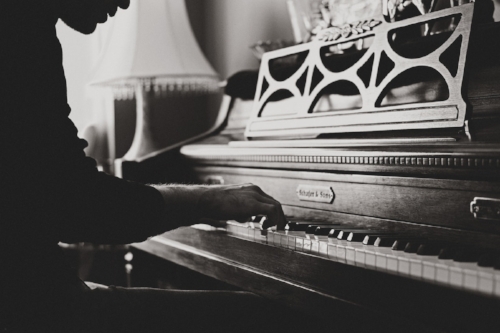FEATURE:
Globetrotting (Part Three):
IN THIS PHOTO: Gretta Ray/PHOTO CREDIT: Emma McEvoy Photography
Thirteen Artists to Watch
________
IT is rare we get to travel the music world…
IN THIS PHOTO: The Vryll Society
and discover artists from outside our own nation. The media does its best to cover other areas but it can be hard keeping a track of everything. In the third edition of the Globetrotting series; I have collated artists from Edingburgh, the U.S. and Canada; Swedish and Icelandic talent – plus, some Australian and Liverpool gems in the collection for good measure!
________
The Night Café
Location: Liverpool, U.K.
Genre: Indie
Essential Song: Felicity
Follow: https://www.facebook.com/nightcafeband/
Cardi B
PHOTO CREDIT: Natalia Mantini
Location: New York, U.S.A.
Genre: Rap
Essential Song: Bodak Yellow
Follow: http://iamcardib.com/
Gretta Ray
Location: Melbourne, Australia
Genres: Alternative; Indie
Essential Song: Towers
Follow: https://www.facebook.com/grettaraymusic/
JFDR
Location: Iceland
Genre: Indie
Essential Song: White Sun
Follow: https://www.facebook.com/jfdrcurrent/
Hater
Location: Stockholm, Sweden
Genre: Indie
Essential Song: Coming Down
Follow: https://jajajamusic.com/artists/hater/
Elijah Ocean
Location: Los Angeles, U.S.A.
Genres: Folk; Rock; Country
Essential Song: Malibu Moon
Follow: http://www.elijahocean.com/
Emma Stevens
Location: Surrey, U.K.
Genres: Singer-Songwriter; Country; Folk
Essential Song: A Place Called You
Follow: http://emmastevensmusic.com/
Pastel Felt
Location: Los Angeles, U.S.A.
Genre: Rock
Essential Song: Miel
Follow: https://www.facebook.com/pastelfelt/
The Vryll Society
Location: Liverpool, U.K.
Genre: Indie
Essential Song: Shadow of a Wave
Follow: https://www.facebook.com/TheVryllSociety/
Lion Bear Fox
PHOTO CREDIT: Morten Fog Photography
Location: Vancouver, Canada
Genre: Alternative-Rock
Essential Song: Going Going Gone
Follow: https://www.facebook.com/lionbearfoxband/
Stefflon Don
Location: London, U.K.
Genre: Grime
Essential Song: 16 Shots
Follow: https://www.facebook.com/stefflondon.official/
CAMP COPE
PHOTO CREDIT: Ian Laidlaw
Location: Melbourne, Australia
Genre: Alternative
Essential Song: Keep Growing
Follow: http://www.elijahocean.com/
Indigo Velvet
PHOTO CREDIT: Alice Hadden Photography
Location: Edinburgh, Scotland
Genre: Alternative
Essential Song: Mona
Follow: http://weareindigovelvet.co.uk/













